Type 1 diabetes is burdensome. When designing tools to help manage it... don't add to the burden, okay?
Seems simple enough, but most of the tools a diabetic is given are not designed with this in mind. They're intended to keep a person alive, which is certainly a good thing, but the actual usability is often lacking.
The truly awesome Scott Hanselman nails it:
http://www.hanselman.com/blog/TheSadStateOfDiabetesTechnologyIn2012.aspx
So, when building an ambulatory system, which by definition, is to be taken with the patient, it needs to benefit beyond the burden.
Our very first pass at combining the CGM and an Android phone:
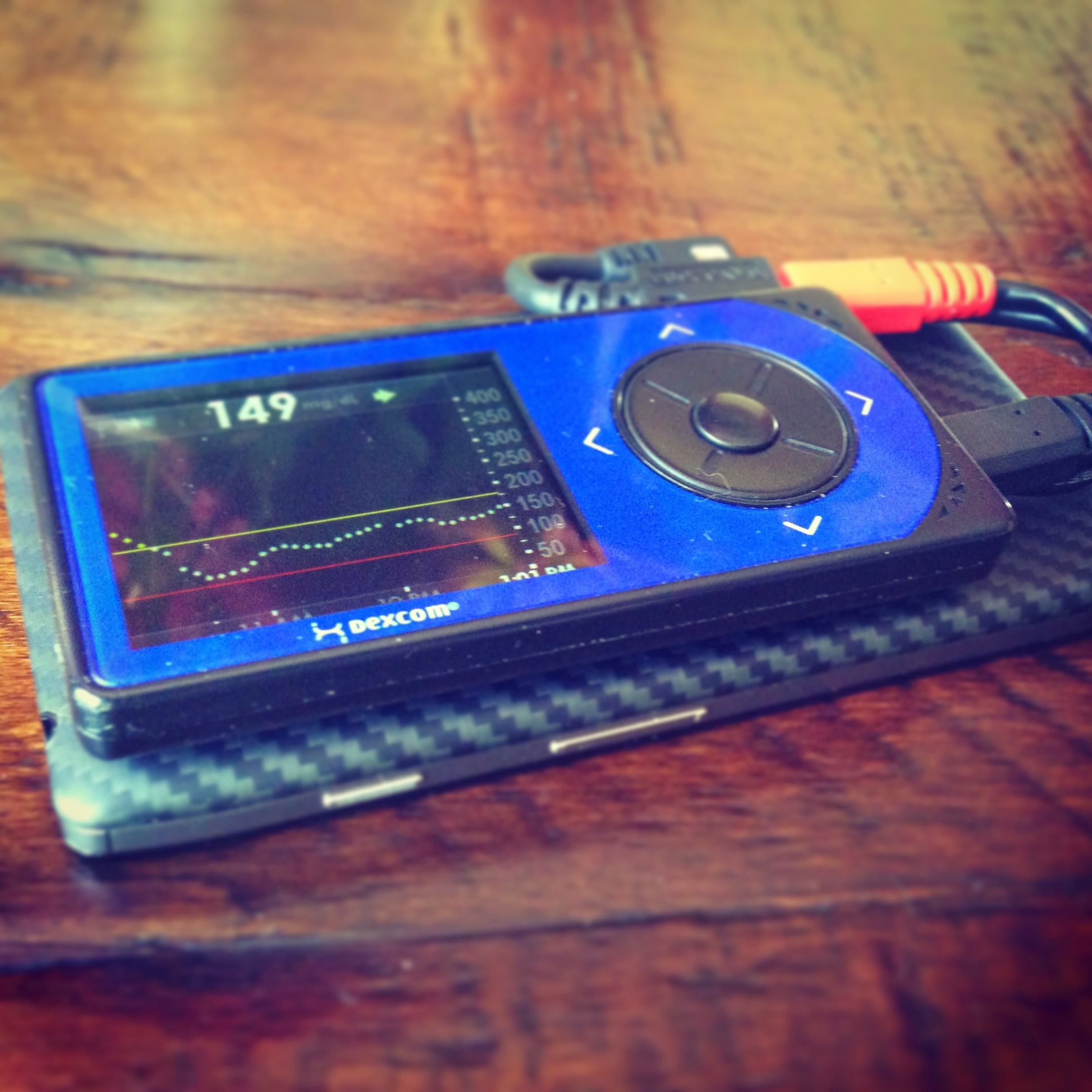
I went to amazon and searched for "small plastic cases" and after hitting a few variations on those terms, I found this:

It's a "Fly Box" and comes it several sizes, and living in the Finger Lakes region, the waterproof 'feature' would come in handy.
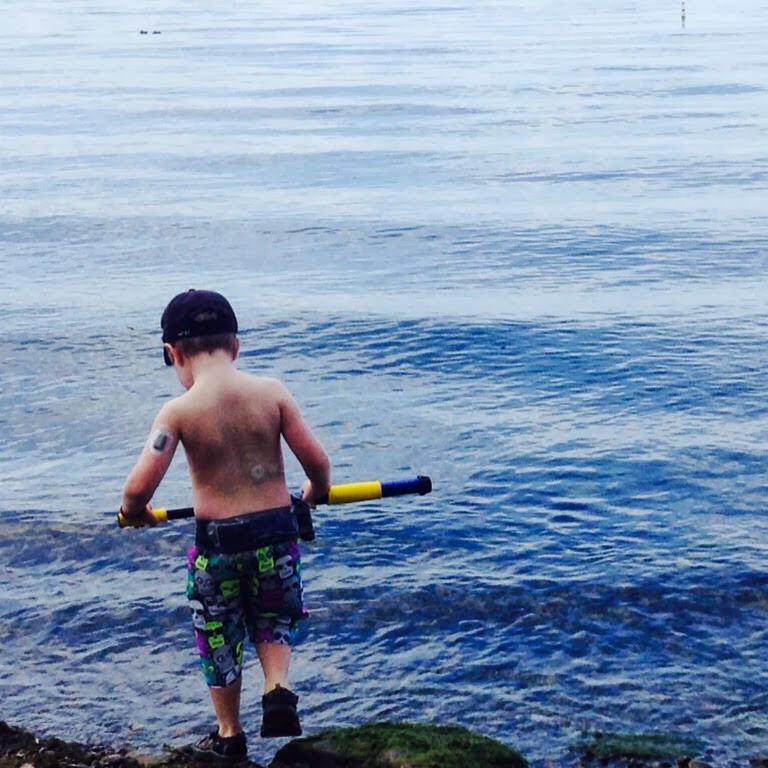
We ended up using two cases, one to maintain the waterproof-ness, and another for day to day use that allowed access to the control pad on the CGM:
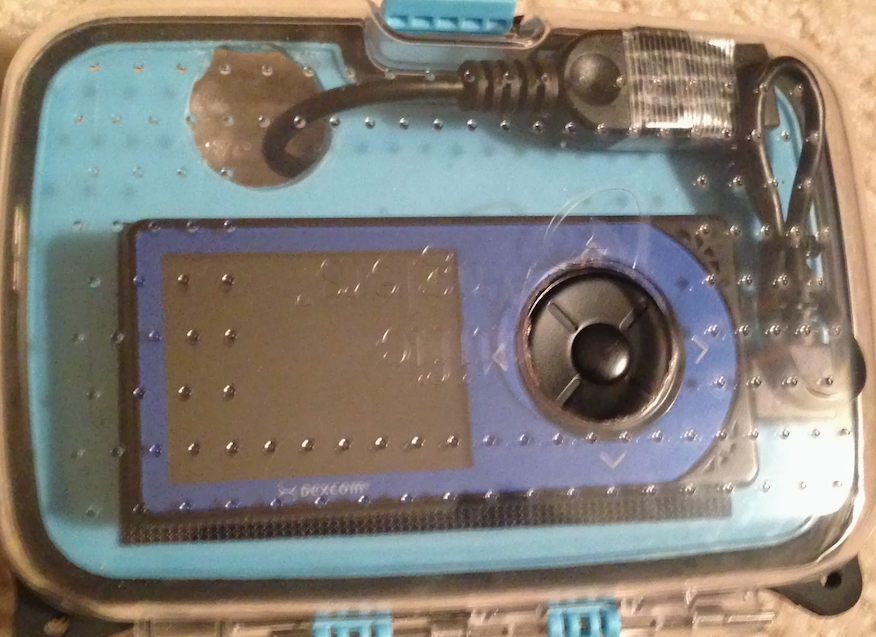
And this worked well for kindergarten, when combined with a "fanny pack" that holds other essential supplies, it made it easy for Evan to keep with him. He rarely wears it, but it is a nice option to have.

For 1st grade, we wanted to shrink it down further - custom PCBs & 3D printed cases came to mind, but for our hack, these fly cases work well and don't cost very much (~$20).
The trick then is to find a SMALL Android phone with OTG capabilities. They're rare, and the trend in phone design is headed in the wrong direction... as far as this project is concerned. So, we dip back in time and try out an Xperia Ray (c. 2011). The G4 & Xperia Ray are very similar in size, so I put them in the smallest fly box (~3x5)... it works great, and is much smaller than "last years" model.
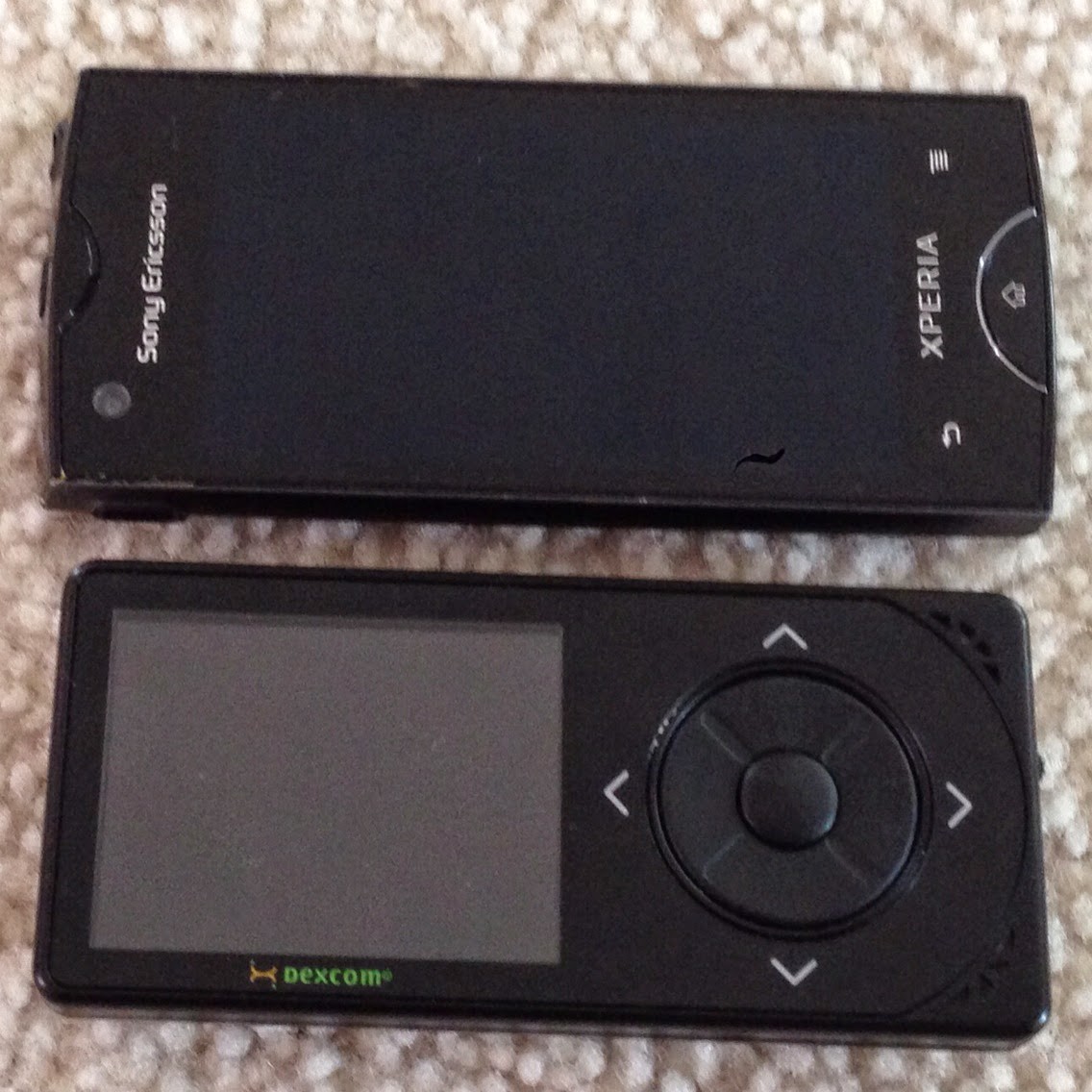
 Now, the Ray is a less than ideal selection for other reasons:
Now, the Ray is a less than ideal selection for other reasons:
it must be "rooted" to work
The battery is small (~13 hours before needing recharge)
It's old
So, when I first began helping people get their own ambulatory system setup, I recommended the Moto-G.
Not too big, inexpensive off contract, and a quality product. It has proven so popular that others have come up with this:
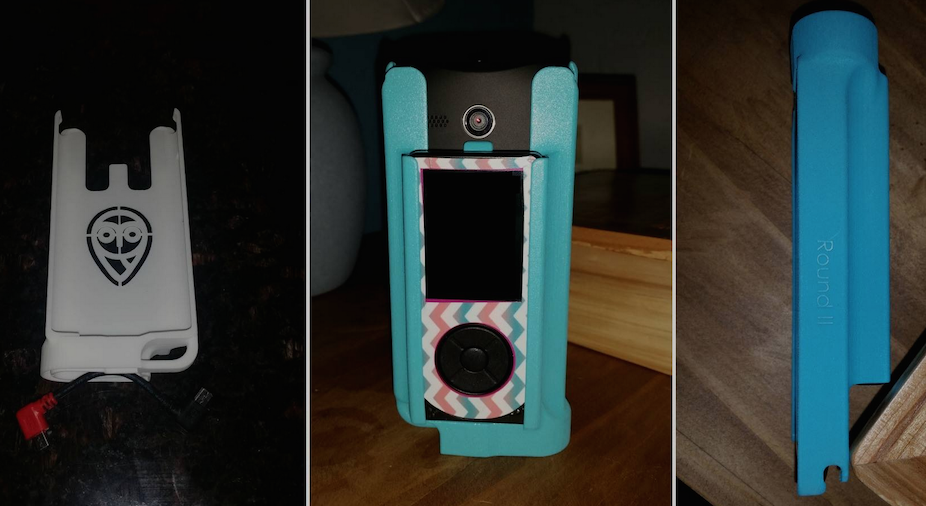 Beautiful! And a testament to the benefit of making all of this open & crowd sourced. Brilliant people contribute their skills to project and share it with thousands that may benefit.
Beautiful! And a testament to the benefit of making all of this open & crowd sourced. Brilliant people contribute their skills to project and share it with thousands that may benefit.
Here's a rough sketch of a universal cradle design. Primary purpose is to remove the wear and tear and undue force on the G4 receiver's USB port.
With a few cables to choose from, we can connect to most phones. I think bottom ports are most common on phones, but there are a few with side mounts (Xperias come to mind) that I'd like to handle, too.
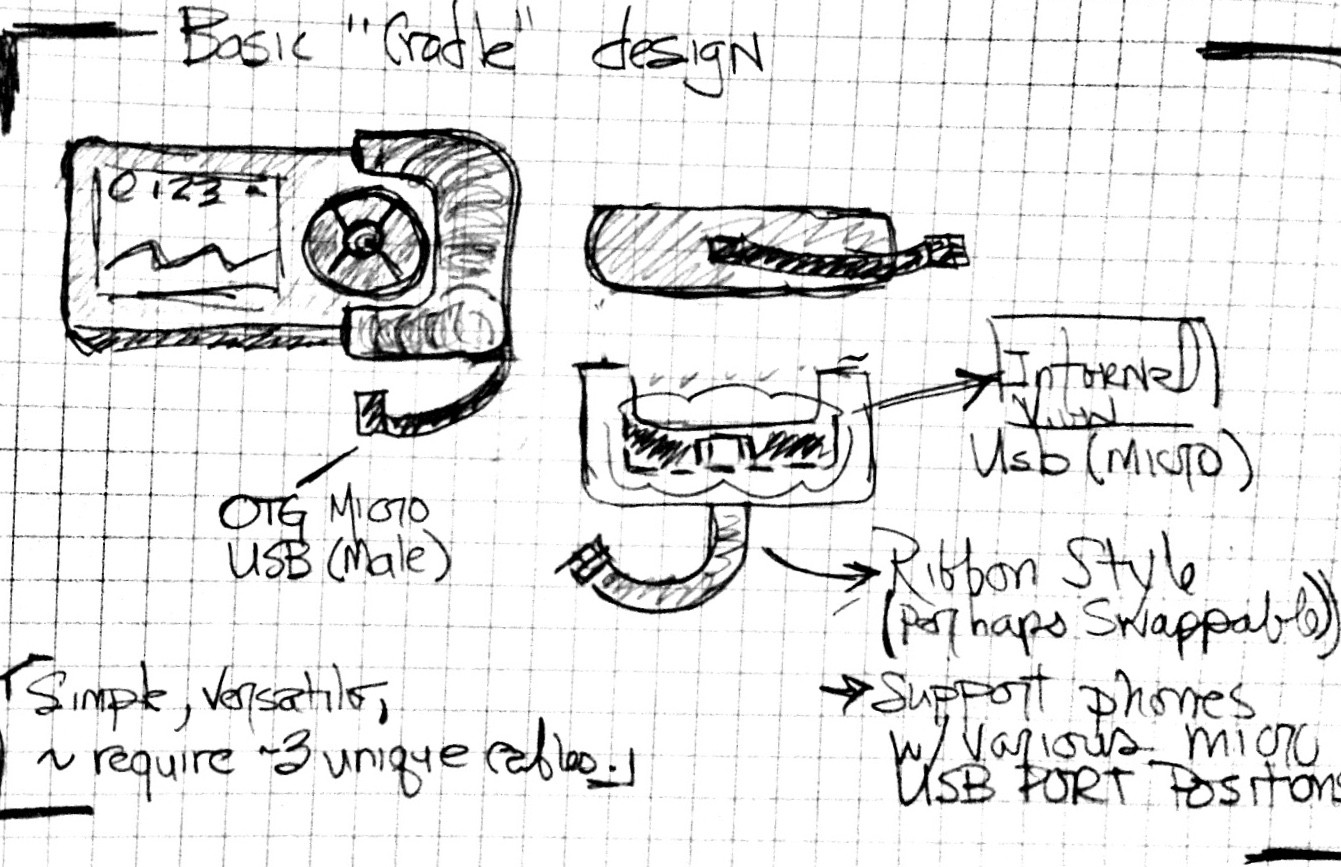
 John Costik
John Costik
Discussions
Become a Hackaday.io Member
Create an account to leave a comment. Already have an account? Log In.